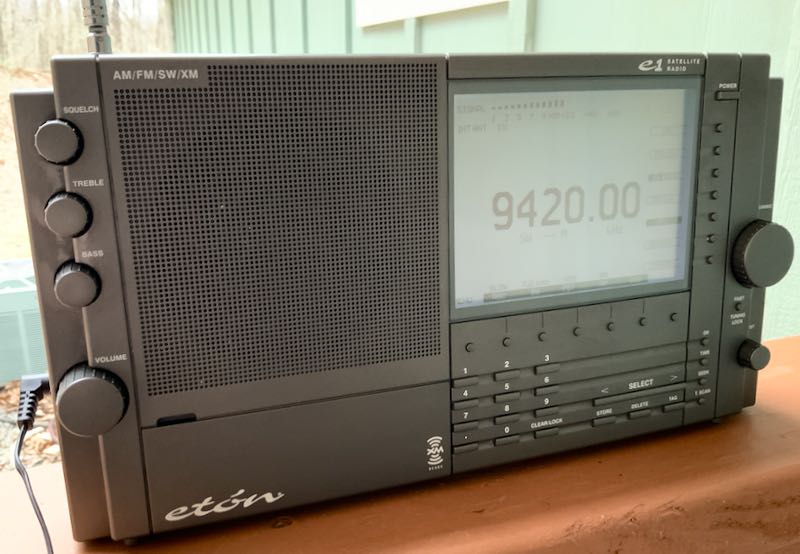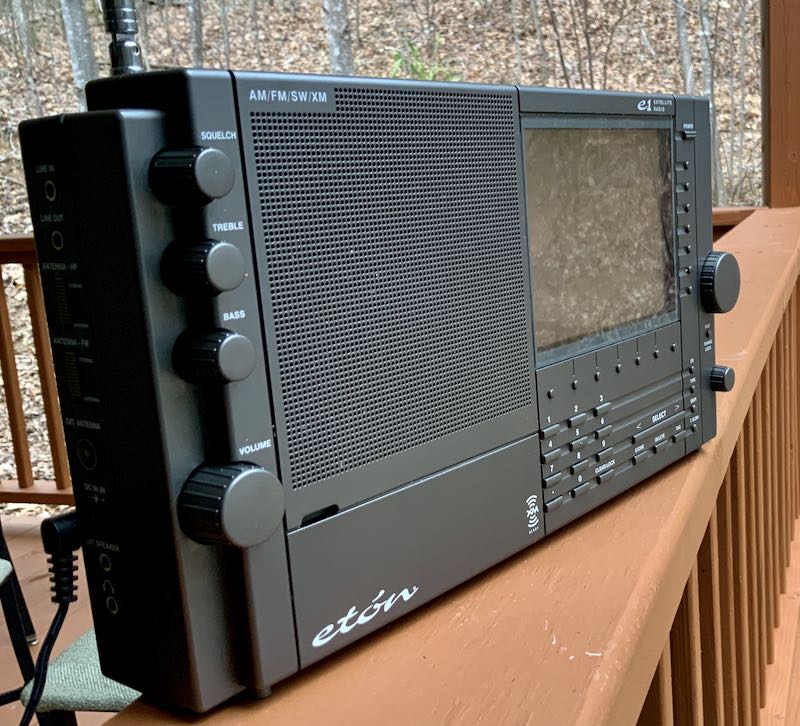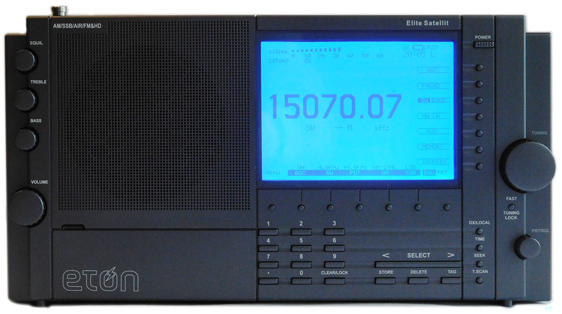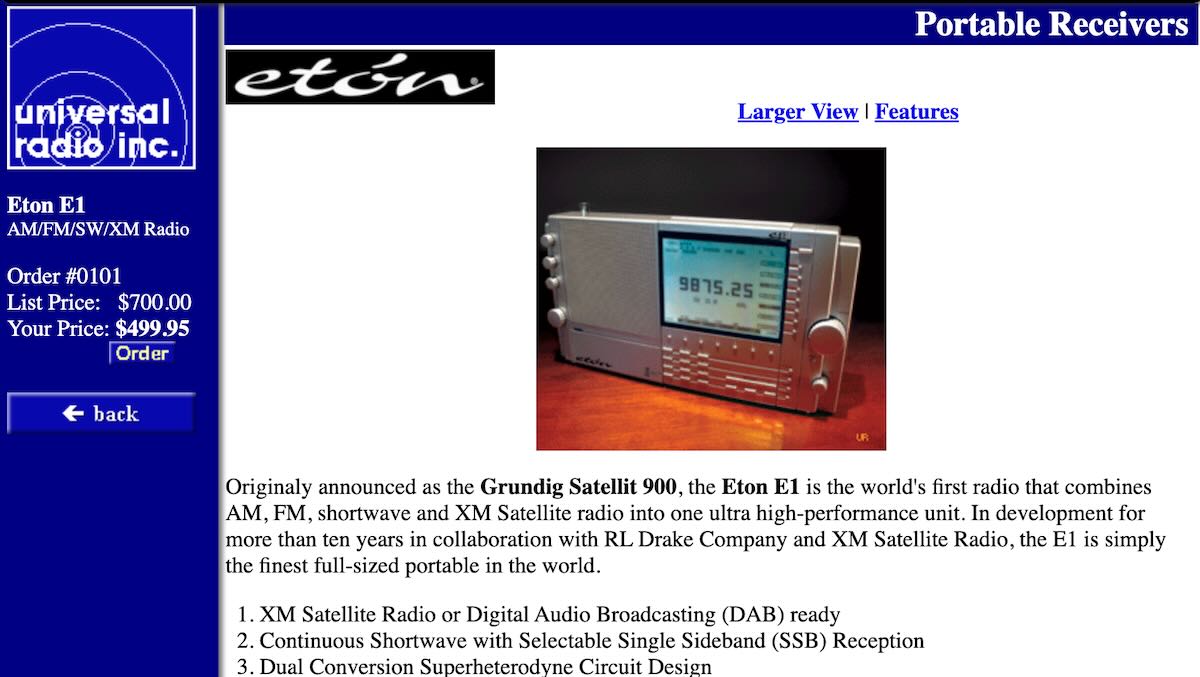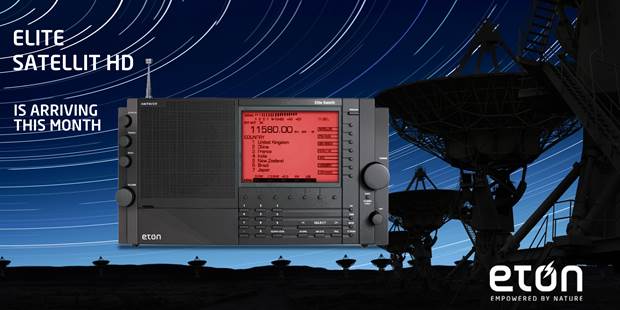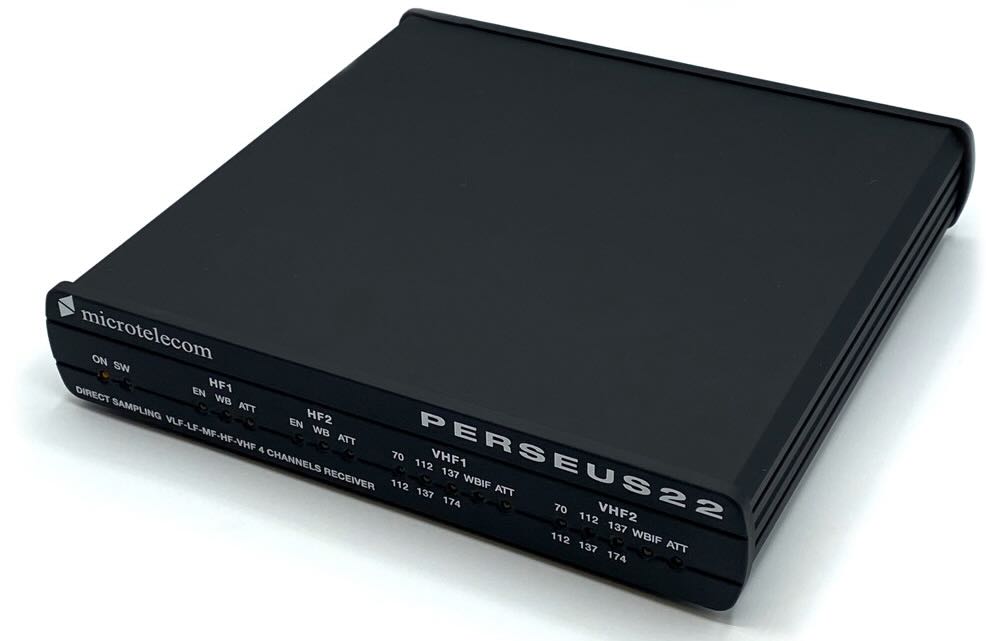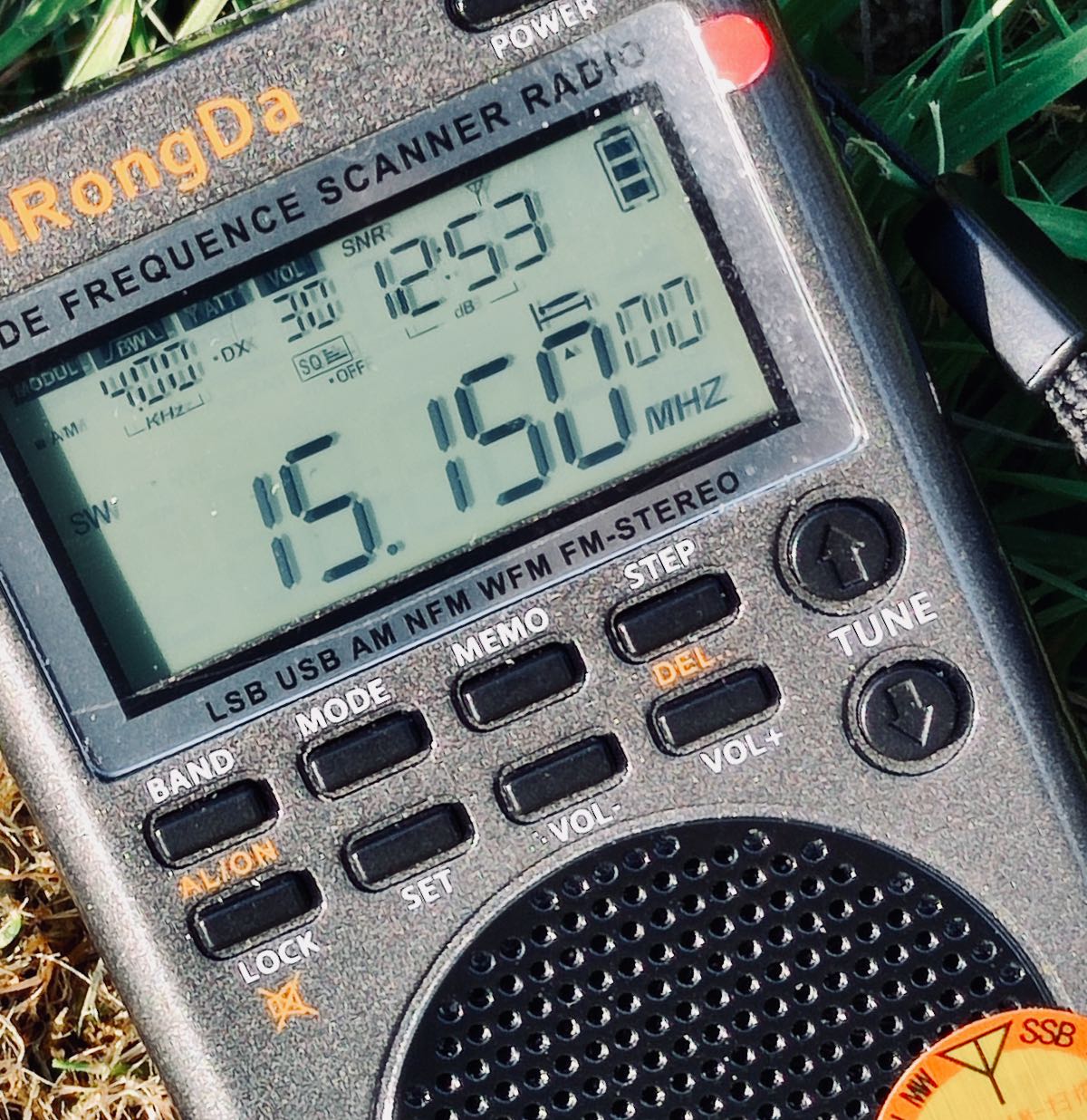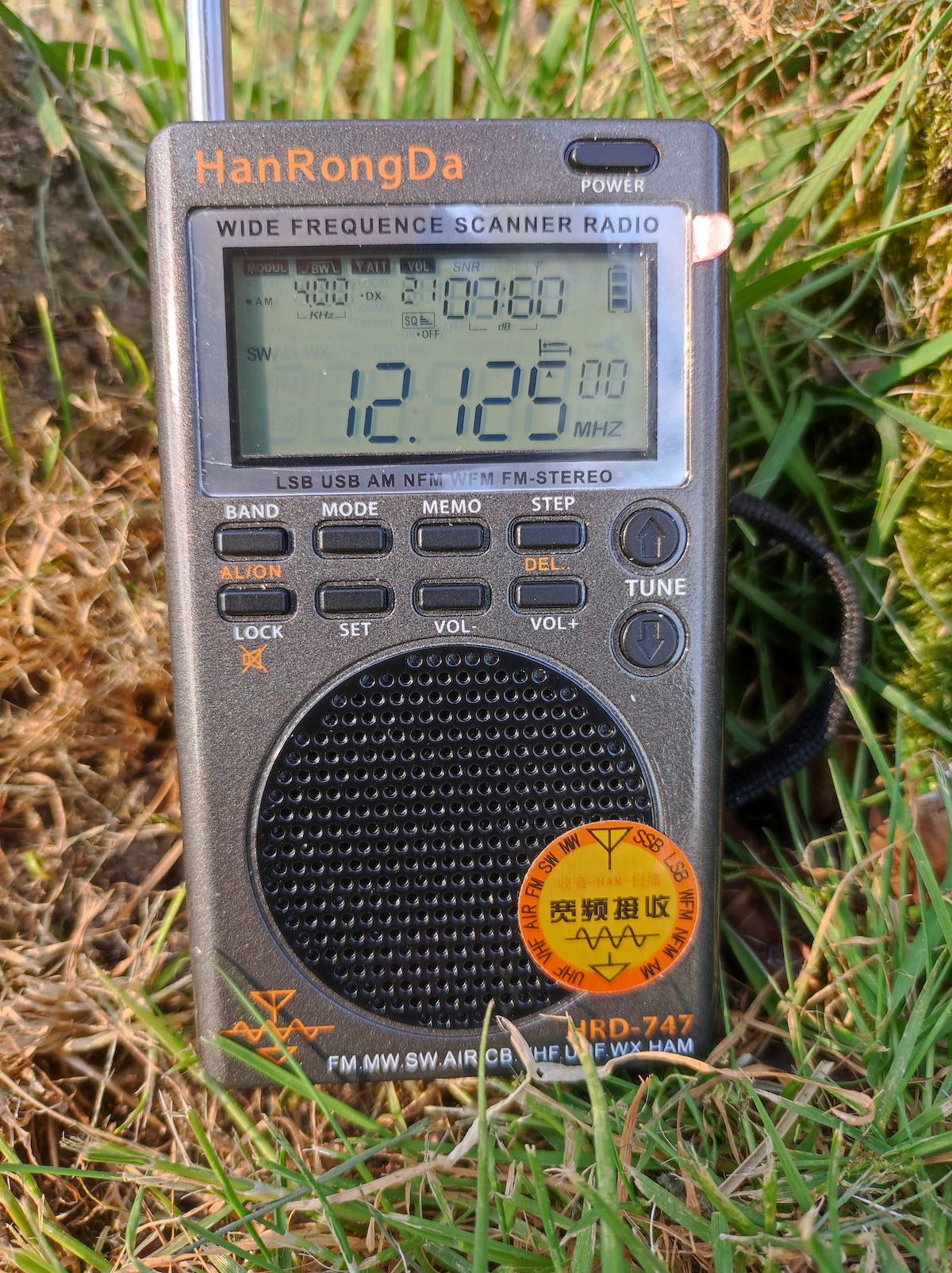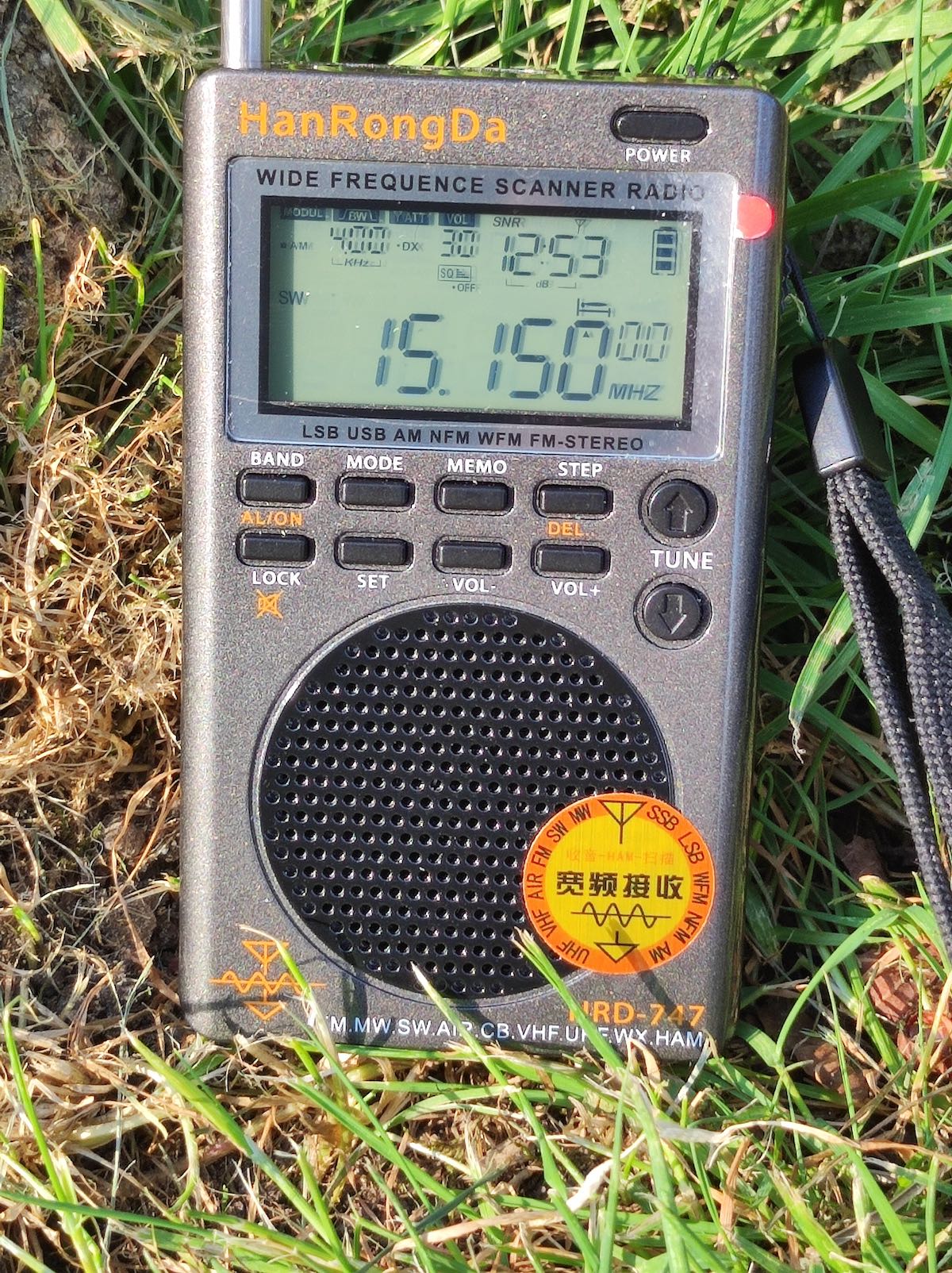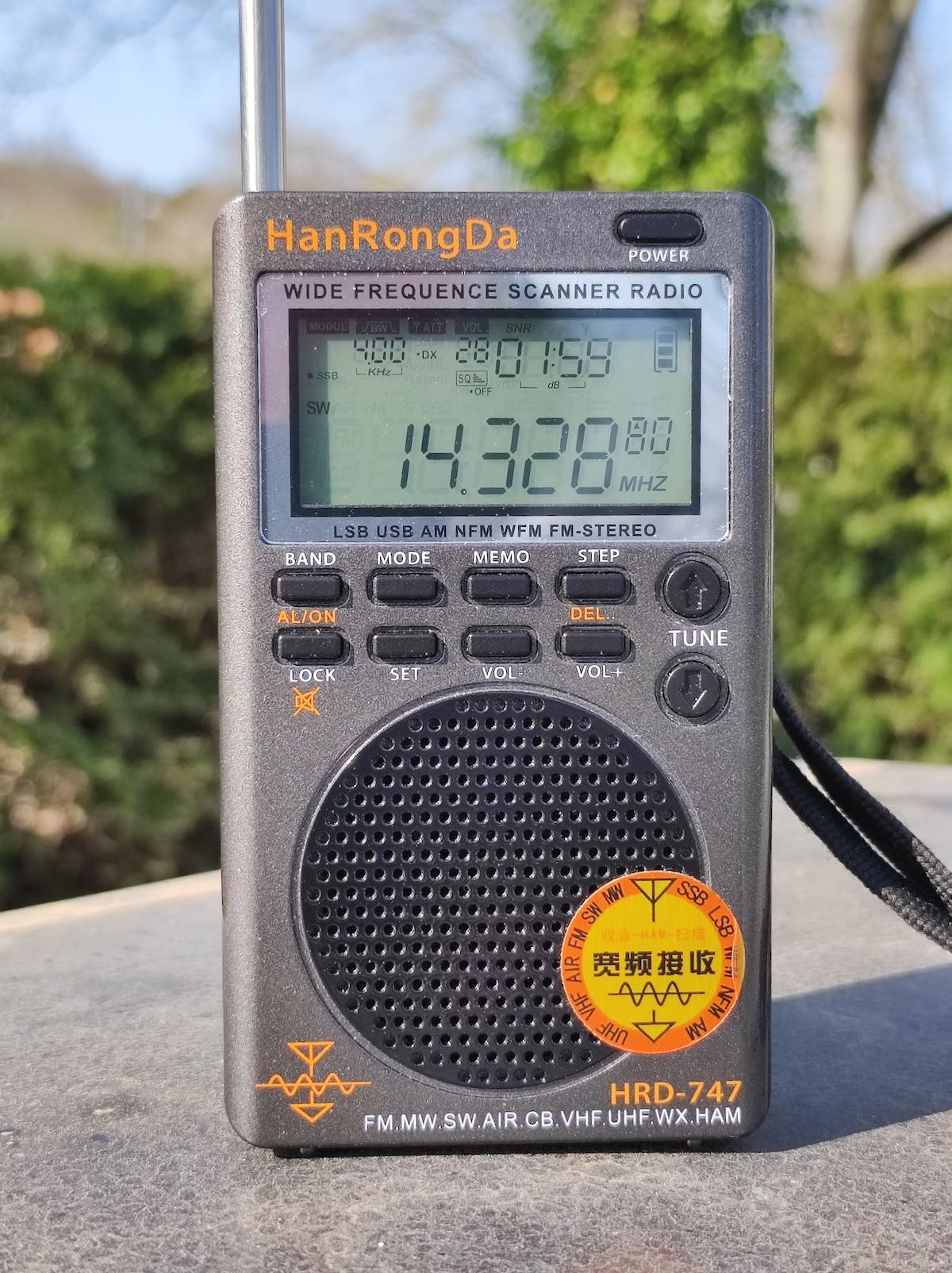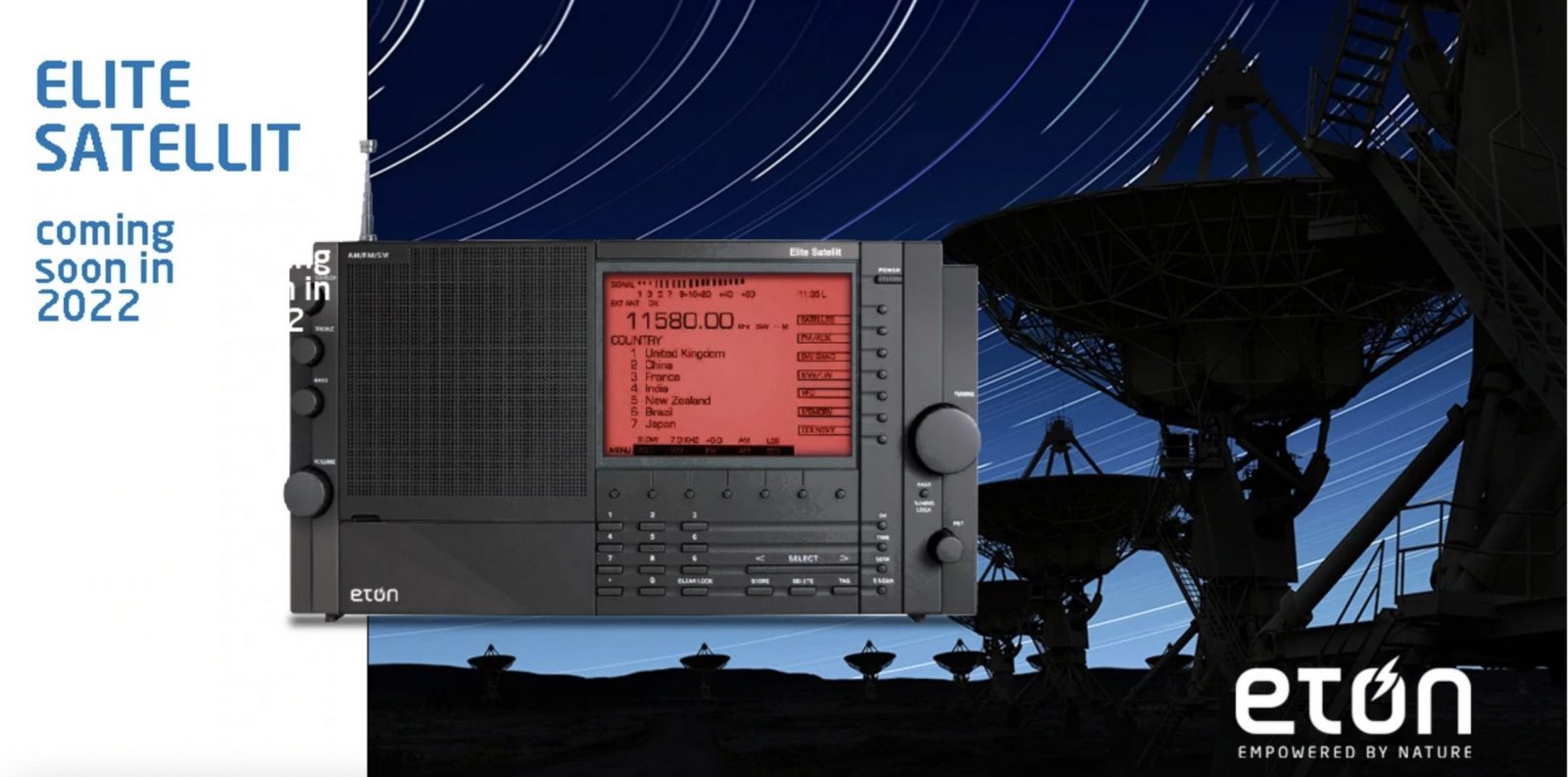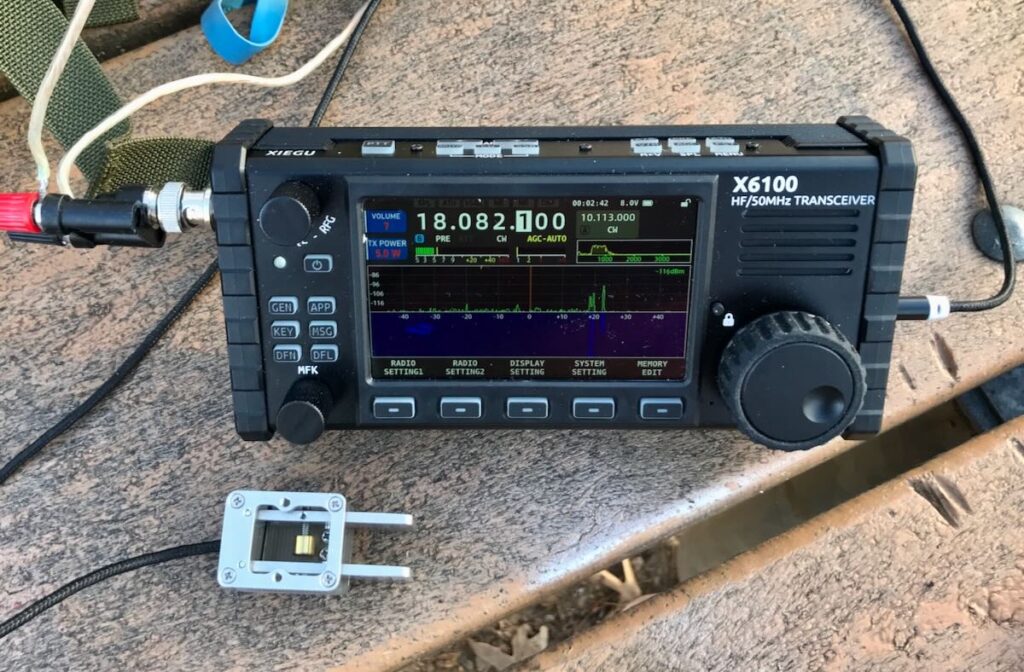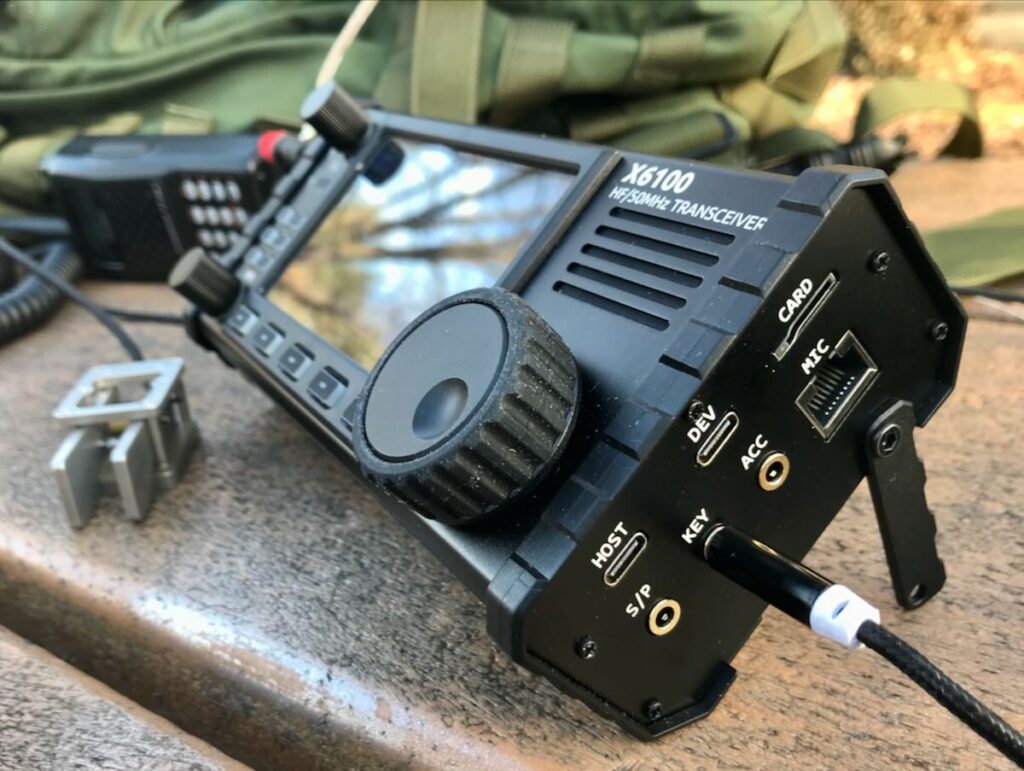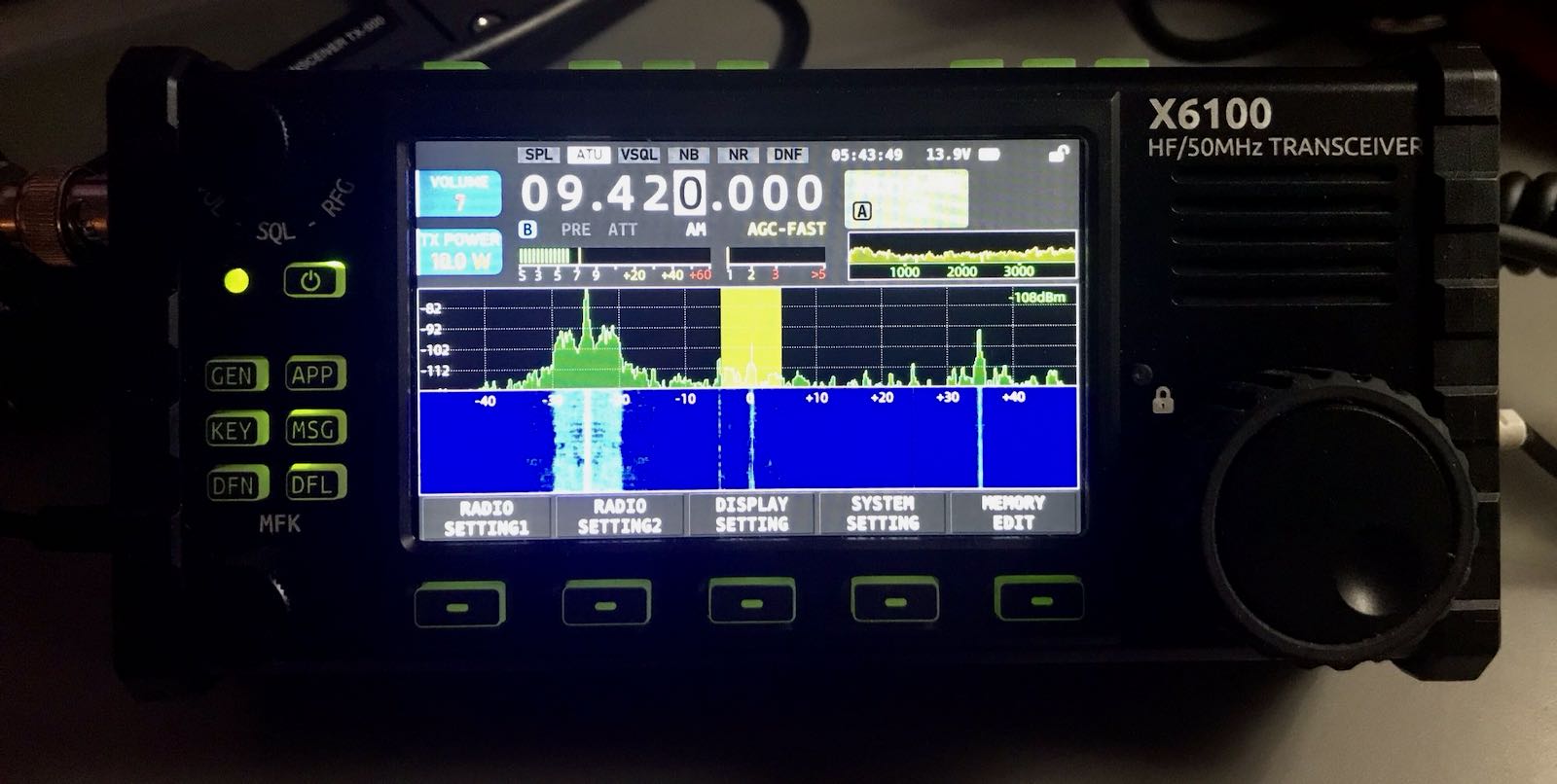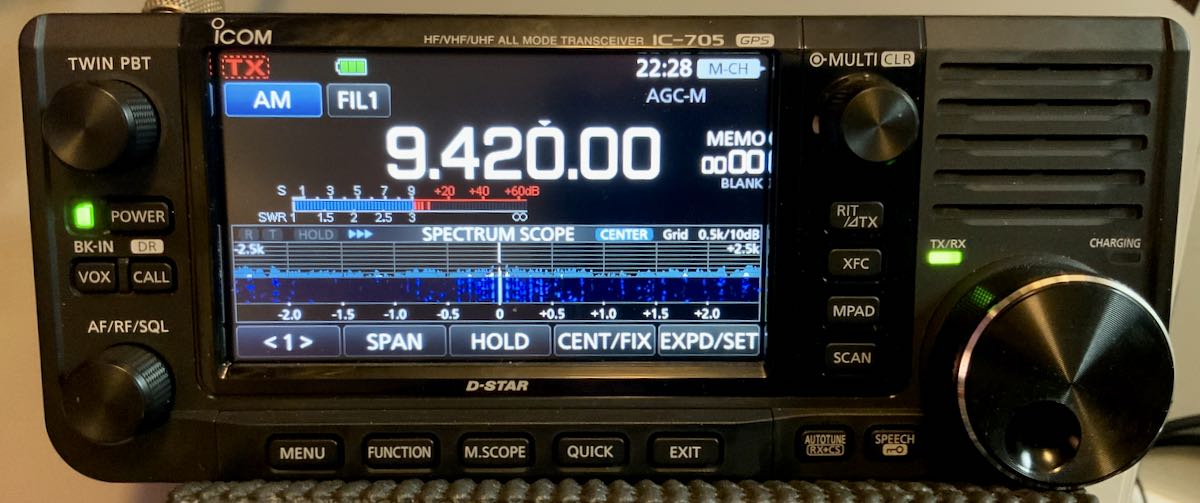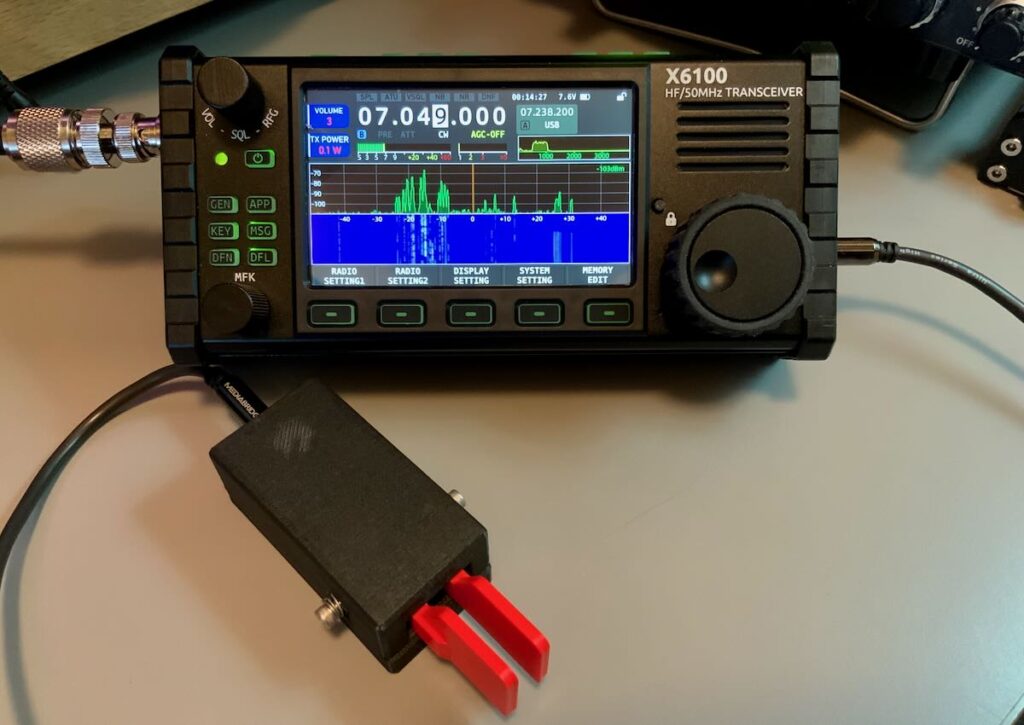Many thanks to SWLing Post contributor, Dan Robinson, for the following guest commentary:
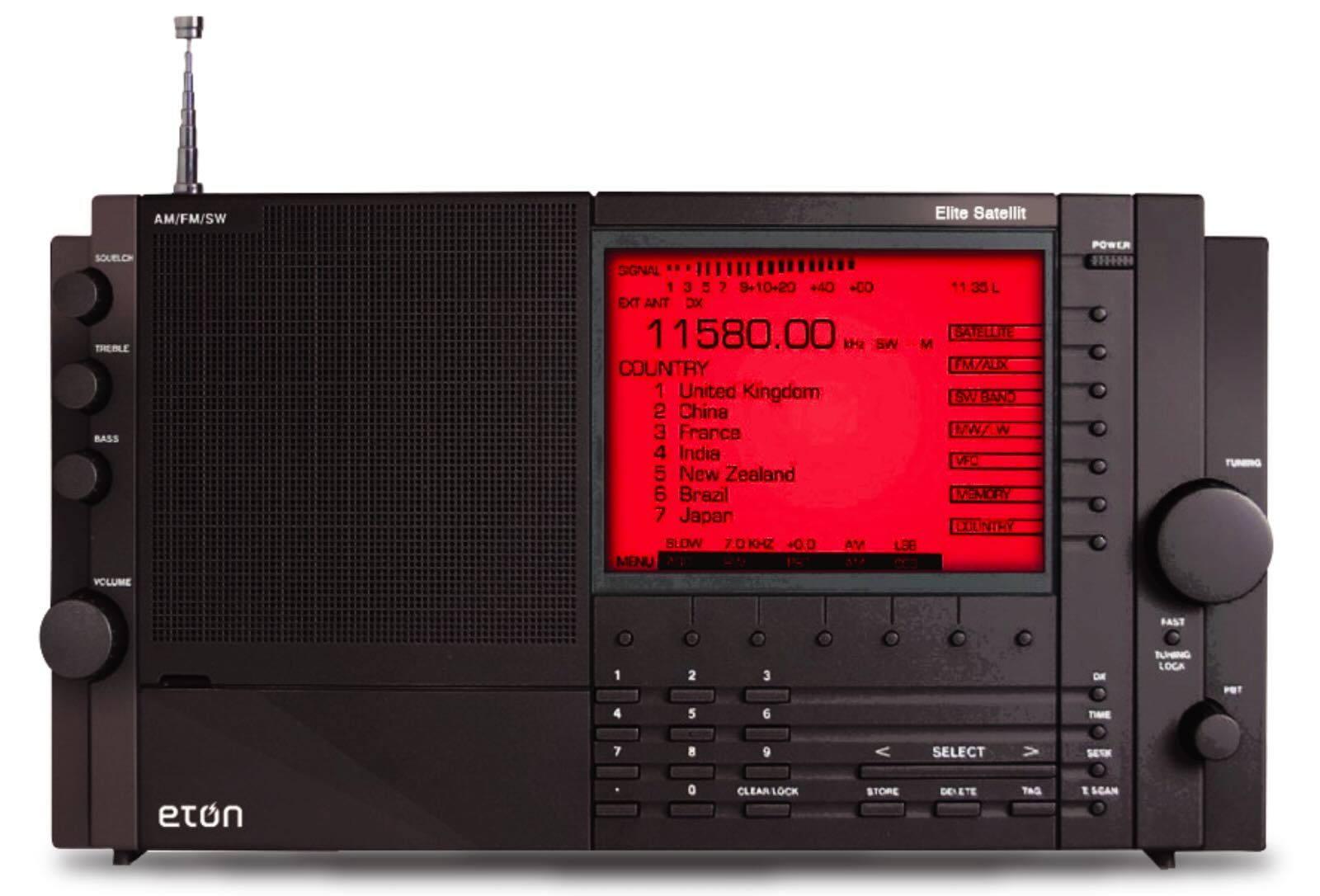 The Elite Satellit: Can Eton Deliver to Radio Users Who Expect Higher QC and Feature Standards?
The Elite Satellit: Can Eton Deliver to Radio Users Who Expect Higher QC and Feature Standards?
by Dan Robinson
It’s been many years since the original E1 took the hobby world by storm. Everyone remembers the issues that plagued the E1, from the rubber coating that degraded over time, to display and encoder issues, and the calibration issues that frustrate some users.
In anticipation of the arrival of the Elite Satellit, I got both of my E1s out of storage — one in the 9xxx serial number range required a de-gooing session, accomplished quite well using Max Pro cleaner and 70% alcohol. It was interesting note, during that process, that the XM module on one side of the radio was more sensitive to color loss than other parts of the cabinet, reducing to an almost silver color when all was finished.
Using the original E1s provided a reminder of how good these receivers were and still are, if you have managed to avoid display and encoder issues. The combination of PBT, triple selectivity and highly-effective SYNC was a blockbuster combination. The radio failed only in the area of quality control.
As Universal Radio and other distributors prepare to send out the first tranche of receivers, some thoughts are in order. The first is that one hopes Eton has lessons from the first go around regarding Quality Control. I have a sinking feeling about this based on my experiences in recent years reviewing receivers by Tecsun.
Eton needs to know that those who will buy the Elite Satellit, and that includes old-timers like myself but newcomers to the hobby, now have much higher standards specifically because of the features we have seen Tecsun and some other manufacturers put in portables.
Primarily, the presence of a recalibration capability really poses a challenge where the Elite Satellit is concerned. Discerning buyers no longer have to put up with a radio that has calibration and/or stability problems. This is why I am curious as to whether Eton included an adjustment function through software or an adjustment hole as with the original E1. So far, there has been no confirmation on this question from Eton or anyone else.
With an older E1, tweaking of the master oscillator was possible through the small adjustment hold in the rear of the radio cabinet. This was tricky since in many units the hole was inconveniently located directly under one of the plastic ribs on the back.
I solved this problem by gently cutting a small section of one rib with a Dremel or similar tool, providing easier access. Still, adjustment has to be done carefully due to the sensitivity of the pot, and preferably with a non-metallic jewelers flat head screw driver. Even then, movements of the radio would often throw the radio back off.
But again, E1 users were spoiled by the recalibration capability which Tecsun included on receivers from the PL-880 to the 990x and 501s and even the PL-368, all of which provide a software method of zeroing frequency in SSB. Even Malahit SDRs have a fine adjustment setting in software.
If Eton has not taken this into account, and has not made any recalibration possible, I fear that it may face a good number of buyers who will simply return radios that suffer from significant frequency error. In short, a “good enough for government” approach by Eton when it comes to calibration QC is simply not going to be sufficient because for years now, Tecsun has been setting a higher standard.
Physical cosmetic issues too will also be an important indicator as to Eton’s attention to QC. If Eton learned its lesson from the rubberized cabinet fiasco, this should not be a major problem. But I would urge owners of the new Elite Satellit to examine your radio for QC issues, like LCD pixel problems, wobbly knobs and loose encoders, and issues with the telescopic antenna.
All of this becomes even more important because Eton is charging so much for this radio. Even taking inflation into account since the original E1 appeared, $599 for a radio that adds only HD and AIR band as features, but which still might suffer from QC problems is extremely high and I fear Eton may end up with numerous returns if the Elite Satellit fails in any key areas.
So, the clock ticks down to the moment when many of us will receive that box containing the Eton Elite Satellit. The question is will what is inside be able to meet the higher standards we have come to expect from a multi-band portable?

